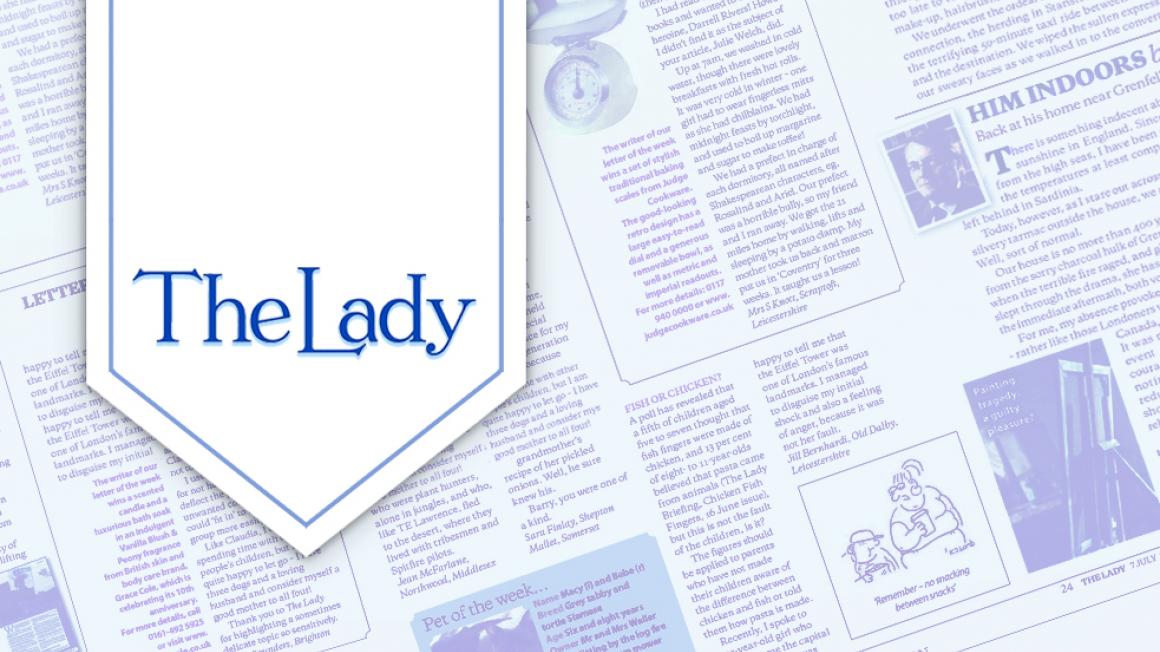Onesie wars
Origins of the onesie
Created in New York, the precursor to the onesie, the ‘union-suit’ originated as a 19thcentury alternative to women’s restrictive undergarments but soon men, particularly cowboys, joined in on the trend. Its popularity waned in the latter half of the 20th century with the creation of long johns but recently, we have seen the revival of the all-in-one jumpsuit.Today the item, which came into fashion in Japan, is designed predominantly as a form of loungewear for both sexes but it is becoming more popular as a form of street wear. The term onesie was the name of a Norwegian fifi rm, which is widely credited with popularising the garment, but onesie has now taken over as a generic term for the suit, which is stocked in most high-street fashion stores.
The continued popularity of the onesie has seen many famous faces don them, including Justin Bieber and members of One Direction.
{acepolls 62}

I'm a onesie devotee
By Fiona HicksI’ll be honest. When onesies first started to appear, I thought they were ridiculous. An oversized Babygro? Who would wear that?
Well, me, as it turns out.
After months of resisting, a onesie-devoted friend recently converted me to the delights of the garment. Now don’t get me wrong, I like to make an eff ort when I leave the house. You never know who you might meet, and on the slim chance that I am going to run into Prince Harry during my weekly visit to Waitrose, I want to look presentable. But when you’re indoors, safely cosseted by your own walls, there is something truly luxurious about wearing a fleecy one-piece.
My adoration can be pared down to three main reasons:
First, it’s comfortable. Imagine an especially soft blanket, but one that is permanently wrapped around you with no danger of falling off . That’s a onesie.
It’s also surprisingly practical. It can be worn alone, or over clothes if it’s particularly cold, which really cuts your washing load down. Most good onesies have a zip down the front too, which makes them easy to whip off when nature calls.
And it’s marvellously unfashionable. I spend most days tottering around in heels and dresses, so occasionally wearing a glorified sack is the height of indulgence.
However, I do have some strict onesie standards. I may now extol their virtues, but I still think they’re ridiculous, and I firmly believe that one should exult in that.
Never, ever try to fi nd a onesie that looks good. My own onesie is custom made by The All In One Company and is a ludicrous mélange of patterns and colours.
Also, onesies should never leave home. It’s fine for your nearest and dearest to see you looking like an overgrown infant, but it is not for the eyes of the public (or, heaven forbid, those of Prince Harry).
If you like the look of Fiona’s onesie, you can order one at www.the-all-in-one-company.co.uk
No thanks, I'm not a toddler
By Steve BarfieldWell, so this is a onesie. I’m really much obliged to The Lady for filling in this large gap in my cultural knowledge and to my colleague Fiona, of course. Last year I had seen youngsters wearing these on the street in Battersea and assumed they were off to a fancy-dress party with a nursery-animal theme. Odd, but I suppose no stranger than wearing old sheets masquerading as togas.
A month afterwards, a friend’s teenage daughter was wandering around nonchalantly wearing what seemed like an animal suit with ears and we all thought it was better to pretend that we hadn’t noticed. This, after all, is by far the best way of dealing with teenage girls in most situations. Now I learn these fashion faux pas are being popularised by such figures as Justin Bieber.
Although I generally think people should wear what they want, I worry about what all this implied infantilisation means, especially for young women. Onesies, after all, are a deliberate version of what we clothe babies and small children in, to make it easier to feed and clean up after them. On reflection, I’m not sure I really like them on babies and would prefer the Tudor idea that they should be clothed as small adults. Onesies seem to be saying that the wearers want to be treated like infants, which is a bad thing.
Perhaps by wearing this strange fashion that originated in Japan, the land of the zombie economy, young people are saying that they have no chance of a job, no chance of a decent house and so might dress like babies wishing to be looked after. However, if this is some kind of protest I’d much rather they take to the streets properly with braziers, placards and dungarees and not dress like a mutated cartoon character. If someone comes to your door with a petition to stop the spread of this forlorn fashion, sign it. Please.



